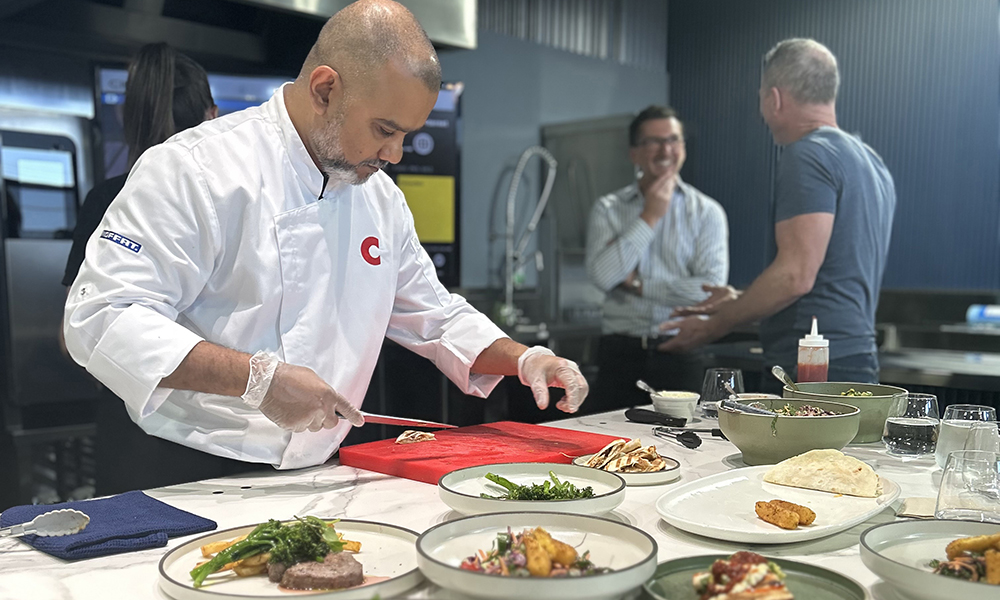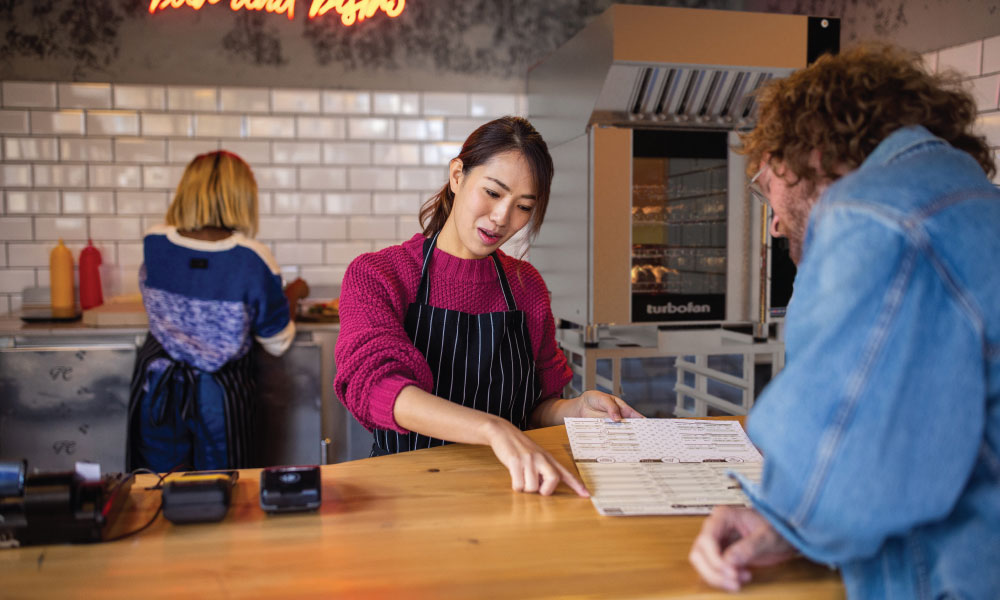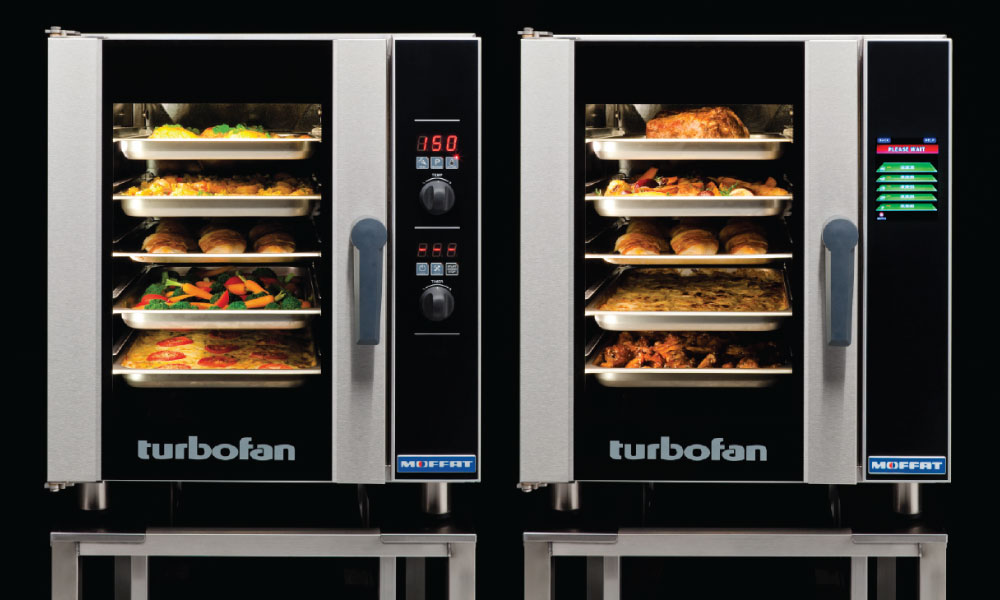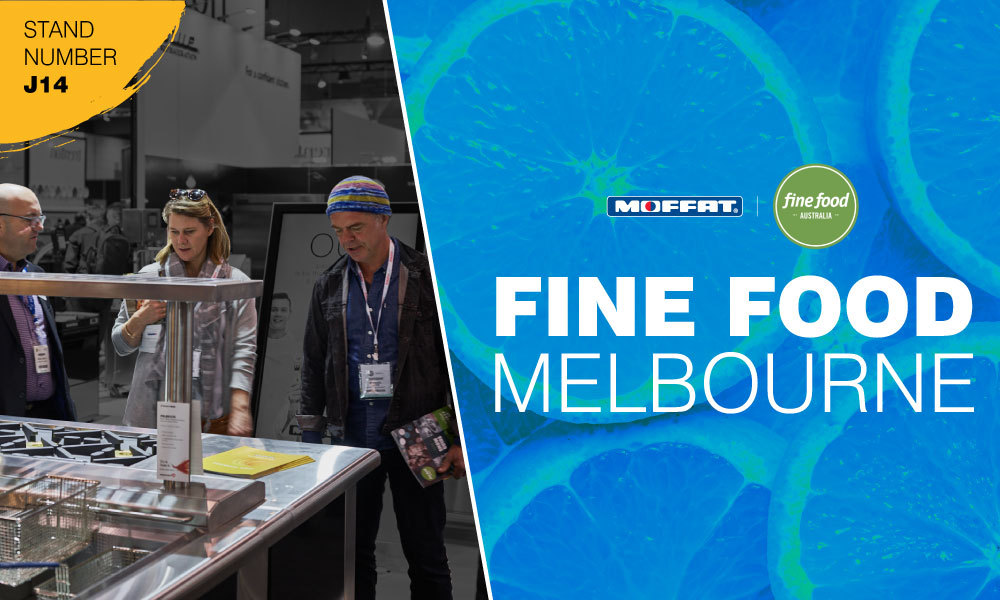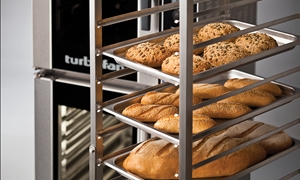
In a busy kitchen, things can get heated very fast – both delicious meals hot off the grill and also hot-headed emotions, as chefs tackle the lunch or dinner rush while waiters run around, expertly carrying multiple plates.
To accommodate for all this heat to meet the demands of hungry customers, it’s important that your restaurant’s commercial kitchen equipment is up to the job – the very reason why Moffat offers a range of Turbofan convection ovens for your perusal.
Turning it on with Turbofan
In an interview with the Executive Chef and Account Manager, James Crute, we take a quick look into the background of Turbofan. It’s been in the industry for over 20 years, home-grown and manufactured out of New Zealand. Nowadays, it’s widely distributed across Australia, America and Europe.
Mr Crute draws from his expertise to give us an insight on Turbofan’s range of convection ovens and, more specifically, the steam and moisture injection function of these appliances.First, let us highlight the difference between what Turbofan specialises in, a convection oven, and your average conventional oven.
CNET explains that food in conventional ovens cook due to the hot air surrounding it. However, the properties of hot air cause it to rise, so there are parts of your oven that are hotter, which leads to uneven cooking.
A Turbofan convection oven has in-built bidirectional fans which forces air to circulate around, leading to even results and also faster cooking times due to a higher temperature in every corner of your convection oven.
 Cook your roasts perfectly inside and out with a Turbofan convection oven.
Cook your roasts perfectly inside and out with a Turbofan convection oven.How does this help with cooking?
As mentioned before, your food is cooked faster and with more consistent results. This is crucial for a food business, as chefs can churn out meals in a timely manner while ensuring top restaurant quality.
However, it has been noted that fan-forced circulation isn’t as great for foods that tend to dry out quickly. That’s where Turbofan’s steam and moisture injection functions help.
You can rest assured that your food is cooked efficiently without compromising on texture and consistency as moisture is ‘injected’ into the fan element. Breads, cakes and other bakery items can come out perfectly fluffy with one of Turbofan’s five moisture injection settings. The Digital and Touch 20 series even comes with steam injection, providing for more customisable options to suit your restaurant menu requirements.
There are still types of foods that wouldn’t quite suit a convection oven. CNET explains that delicate foods such as souffles and lightly baked goods may not do so well with the fan forcing air upon it. Some recipes call for a changing of oven speed, which you can easily to with a manual or digital touch screen, depending on the model of your oven.
Roasts are great for a convection oven as certain meats such as chicken and pork require thorough cooking whilst maintaining succulence of juices and moisture. Fats are easily rendered for roasts, leaving crispy brown exteriors while the inside is juicy and flavoursome. And as Mr Crute explains, “moisture helps heat travel faster, so there’s less yield and less shrinkage”.
It’s the Superman of ovens – faster cooking times, moist succulent foods and easily customised settings, amongst many other perks. If you’re interested in getting a Turbofan convection oven for your business, then contact Moffat today.
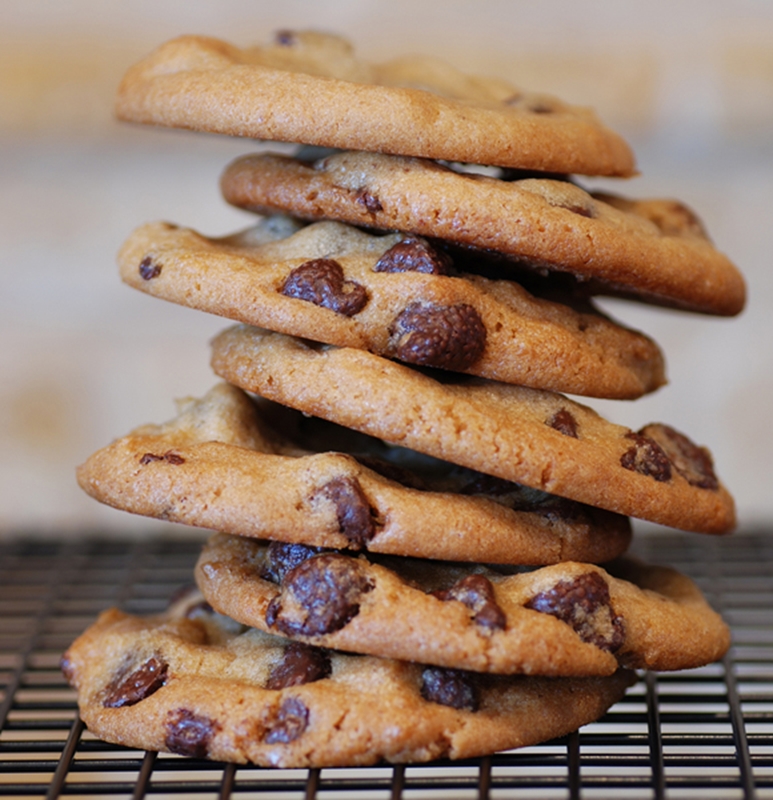 With a convection oven, you don’t have to worry about the back goodies burning.
With a convection oven, you don’t have to worry about the back goodies burning.
